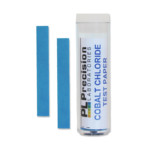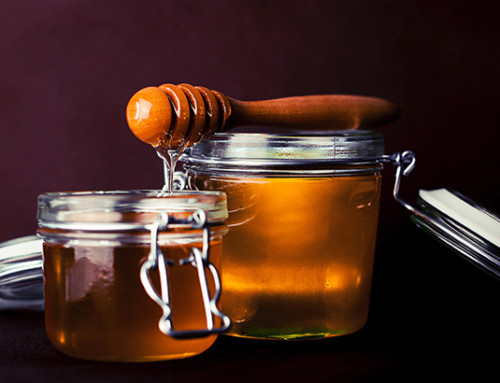This might seem like an odd topic for us to choose, but today, let’s talk about sweat. What is it? Well, sweat, or perspiration, is your body’s way of cooling down. Our normal body temperature is 98.6°F. When we start to get too hot, the part of our brain that controls the temperature tells our body to start sweating. This is called the hypothalamus, and it’s essentially our body’s smart thermostat.
Our sweat glands produce the sweat. Shocker. There are two types of sweat glands: eccrine and apocrine, and we have an average of 2-4 million of them. Whoa! This number of course depends on several factors, including gender, genetics, age, fitness level and environmental conditions.
So, what is the difference between the two types of sweat glands? Eccrine glands regulate the body’s temperature, and they’re all over the body.
Apocrine glands are primarily found in the underarm and groin areas. A raised body temperature can trigger these glands, but they are also activated by stress, anxiety or fluctuating hormones. Apocrine glands produce bacteria to help break down the sweat, which is what causes body odor. Ever wonder why deodorant is only applied to your armpits? Well, now you know!
Sweat, or perspiration, is primarily made of water. It also contains salt and other components to cool the body down, but really, it’s about 99% water.
Controlling Sweat
There are things we do every day that affect how much we sweat. For example, you might apply deodorant to your underarms to reduce the amount of sweat and kill the bacteria that cause body odor. Drinking a lot of water and staying hydrated helps our bodies sweat more easily. Some people might wear sweat-wicking clothes to allow heat to escape the body, reducing the need for their body to sweat.
On the other hand, applying lotions or creams can block sweat glands, slowing down our rate of perspiration.
Some people have a harder time of controlling sweat. Those who sweat excessively may be experiencing a medical issue, such as overactive nerves connected to their sweat glands.
Experiment
 Let’s try an experiment using our Cobalt Chloride Test Paper. Cobalt chloride test paper detects the presence of moisture, by gradually changing color from blue to pink or white.
Let’s try an experiment using our Cobalt Chloride Test Paper. Cobalt chloride test paper detects the presence of moisture, by gradually changing color from blue to pink or white.
Set up a study with several participants or involve several different environmental factors. Use the cobalt chloride test paper as a “patch” taped to the skin to detect sweat.
Here are some examples of different factors or studies you could try:
- Tape a piece of cobalt chloride test paper to the underarm and another piece to your calf (in other words, a location on the body where you’ll find apocrine sweat glands and another location where you’ll find eccrine sweat glands). Apply some environmental factor to work up a sweat (raise the room temperature, exercise, or invoke stress). How does each factor affect the different sweat glands? Which paper turned color faster, and at what rate?
- Try testing the rate of perspiration of a group of people. Tape a piece of cobalt chloride test paper to the same area on each person’s body, such as an arm or back of the neck. Raise the room temperature or stand outside in the hot sun. Time the rate of perspiration to see if there is a difference amongst individuals. What factors might affect the results?
- Try testing stress levels amongst different individuals. Tape a piece of cobalt chloride test paper to the underarm of several different individuals, and have them give a public speech in class. Do any of them get stressed out enough to perspire and change the color of the cobalt chloride paper?
- Try testing the effectiveness of deodorant. Does deodorant really work? Are some brands or types more effective than others? Again, use cobalt chloride paper in your arm pit and adjust an environmental factor, such as room temperature, to induce sweat.
There are many different experiments you could try, so just try to be creative and have fun with it! And be sure to take a shower afterwards!







Leave A Comment